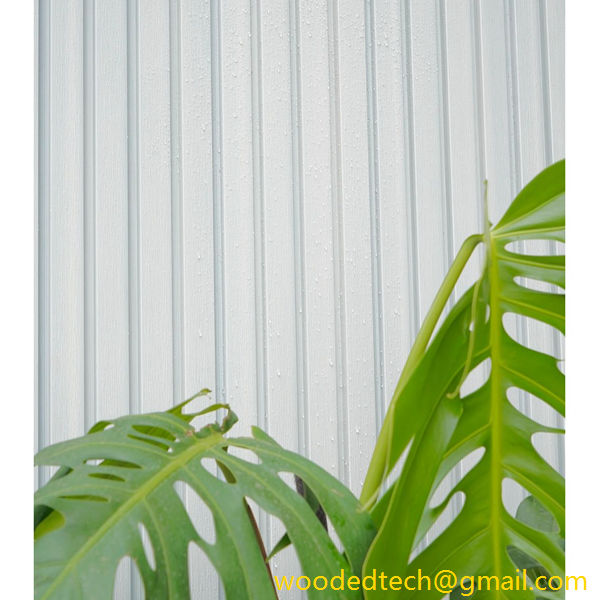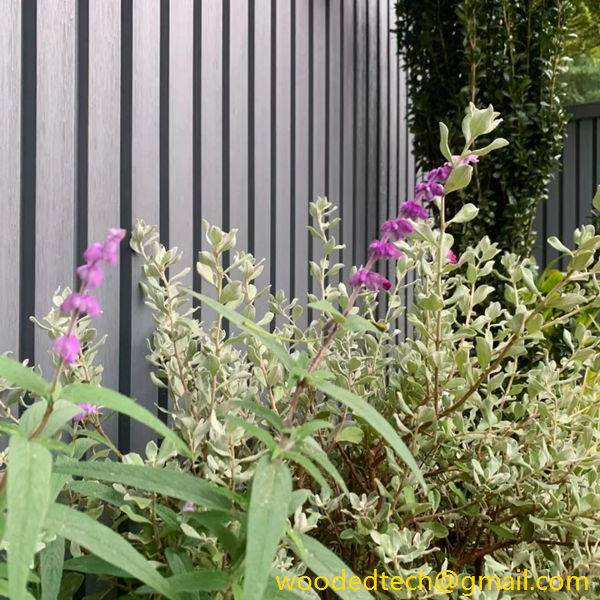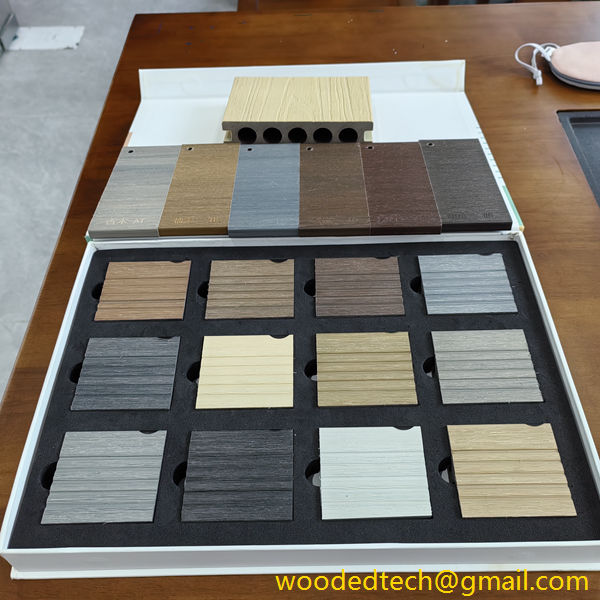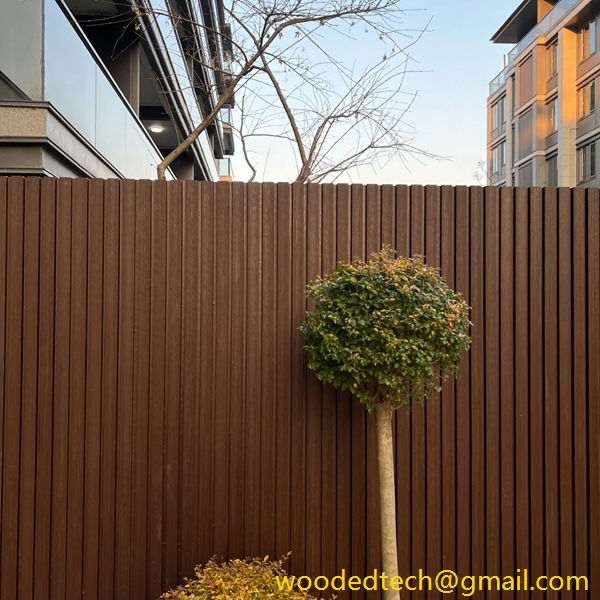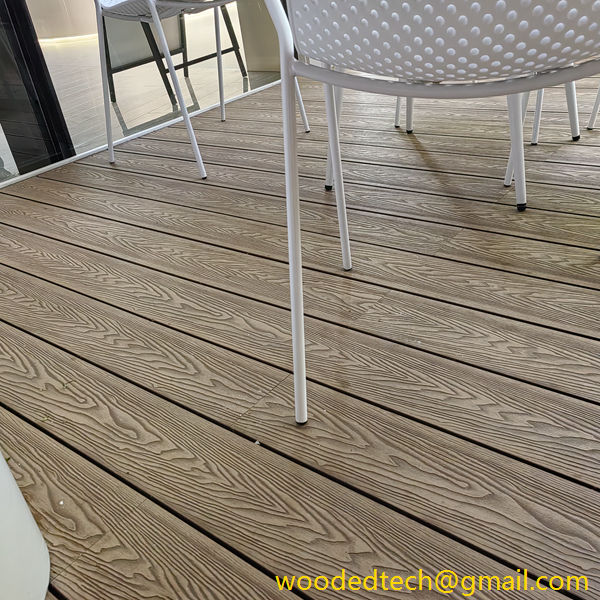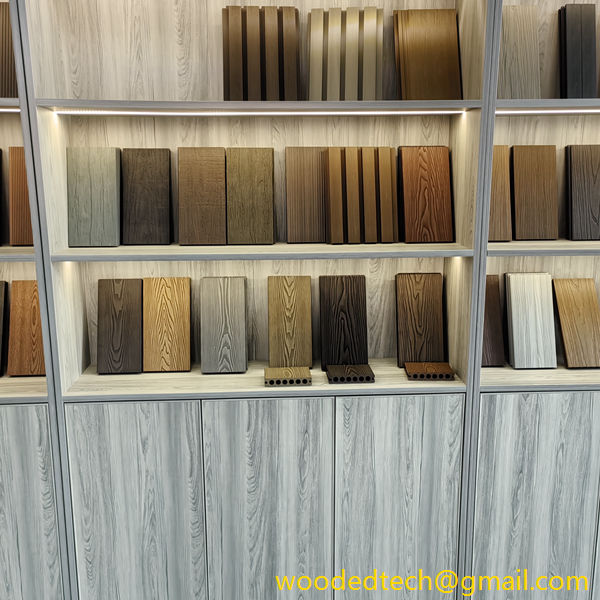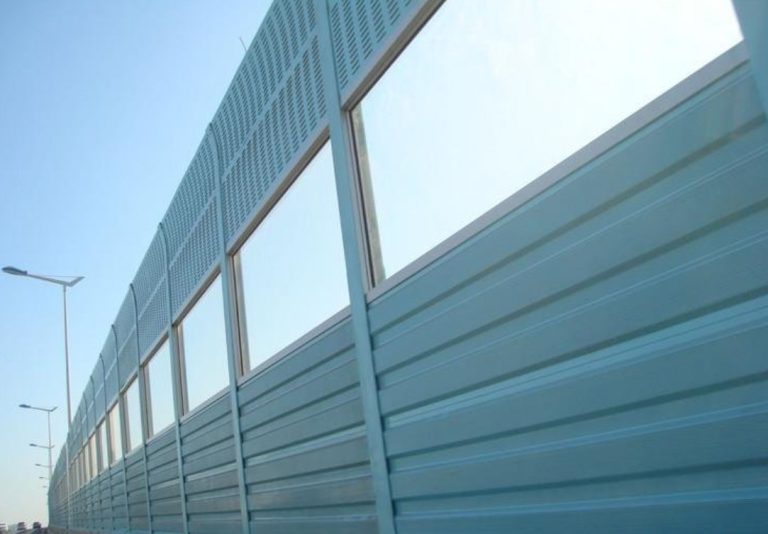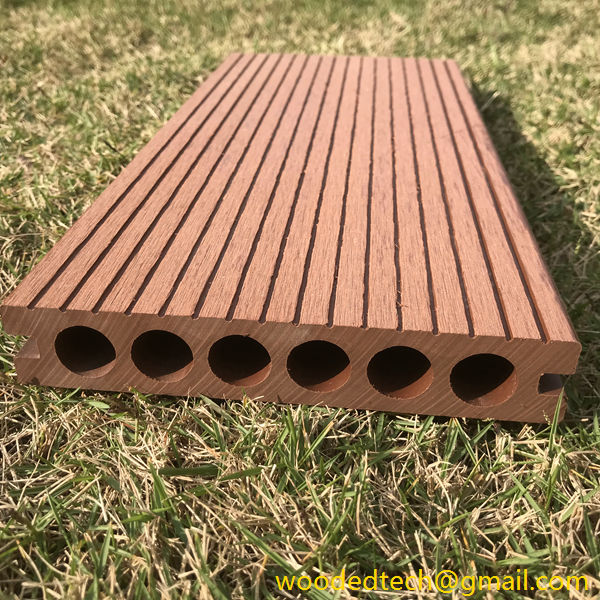Compreender o preço dos painéis de parede WPC para o seu projeto
Compreender o preço dos painéis de parede WPC para o seu projeto Ao considerar um projeto de construção ou renovação, um dos factores mais cruciais a avaliar são os materiais que irá utilizar. Entre as várias opções disponíveis no mercado atual, os painéis de parede de compósito de madeira e plástico (WPC) ganharam uma popularidade significativa devido à sua mistura única de estética, durabilidade,...
Compreender o preço dos painéis de parede WPC para o seu projeto
When considering a construction or renovation project, one of the most crucial factors to evaluate is the materials you will use. Among the various options available in today’s market, Wood Plastic Composite (WPC) wall panels have gained significant popularity due to their unique blend of aesthetics, durability, and cost-effectiveness. However, understanding the price of WPC wall panels and how they fit into your overall project budget is essential for making informed decisions.
WPC wall panels are manufactured from a combination of wood fibers and plastic, which gives them the ability to mimic the appearance of natural wood while also benefitting from the durability of synthetic materials. This duality makes them an attractive choice for both residential and commercial applications. The price of WPC wall panels can vary widely based on several factors, including material quality, panel thickness, design complexity, and installation requirements.
One key determinant of WPC wall panel pricing is the quality of the raw materials used in their production. Higher-quality wood fibers and plastics will typically yield more durable, longer-lasting panels, which may come at a premium price. It’s worth noting that investing in higher-quality materials upfront can lead to lower maintenance costs and a longer lifespan for your wall panels, ultimately providing better value over time.
Panel thickness is another critical factor that influences the price of WPC wall panels. Thicker panels usually offer better insulation and structural integrity, making them suitable for a wider range of applications. However, thicker panels come with an increased price tag. When deciding on the thickness you need, consider the specific requirements of your project, such as climate conditions, building codes, and aesthetic preferences.
The design complexity of WPC wall panels can also affect their cost. Panels come in various styles, colors, and finishes, allowing homeowners and builders to select options that best match their design vision. Customized designs or unique finishes may incur additional costs, so it is essential to weigh the benefits of a distinctive design against your budget constraints. If your project requires a specific look or functionality, it may be worthwhile to allocate a portion of your budget for these specialized options.
Another significant aspect to consider is the installation costs associated with WPC wall panels. While some homeowners may opt for a DIY approach, it is important to recognize that proper installation requires skill and experience to ensure optimal performance and longevity. Hiring a professional contractor can add to your upfront costs but may save you money in the long run by reducing the likelihood of installation errors and subsequent repairs.
When estimating the total cost of WPC wall panels for your project, it is essential to account for all related expenses, including materials, labor, and any additional features you may desire. This comprehensive approach will help you avoid unexpected expenses and allow for a more accurate reflection of your project’s financial requirements.
Additionally, it is advisable to compare prices from multiple suppliers. The market for WPC wall panels is competitive, and prices can vary significantly from one manufacturer to another. Researching various vendors can lead to finding the best deals without compromising on quality. Be sure to check customer reviews and ratings to gauge the reliability of the suppliers you are considering.
Another consideration is the environmental impact of the materials you choose. WPC wall panels are often marketed as eco-friendly alternatives to traditional wood panels. They are typically made from recycled materials, which can contribute to a lower carbon footprint. When evaluating costs, consider the potential benefits of selecting products that align with sustainable building practices. Some suppliers may even offer certifications or eco-labels that can enhance your project’s green credentials.
WPC wall panels also offer versatility in terms of application. They can be used in various settings, including interior walls, exterior facades, and even outdoor structures like pergolas and fences. This adaptability can be a significant advantage when planning your project. Understanding the different applications can help you assess whether WPC wall panels are the right choice for all areas of your space or if other materials might be more suitable for specific applications.
In conclusion, understanding the price of WPC wall panels for your project involves examining multiple factors, including material quality, panel thickness, design complexity, installation costs, and environmental impact. By taking the time to evaluate these elements thoroughly, you can ensure that you make a well-informed decision that aligns with your budget and aesthetic goals. Whether you are undertaking a small renovation or a large-scale construction project, WPC wall panels can provide a beautiful and durable solution that enhances your space while remaining financially viable. Remember to conduct thorough research, seek professional advice when needed, and be open to exploring various options to achieve the best results for your project.

